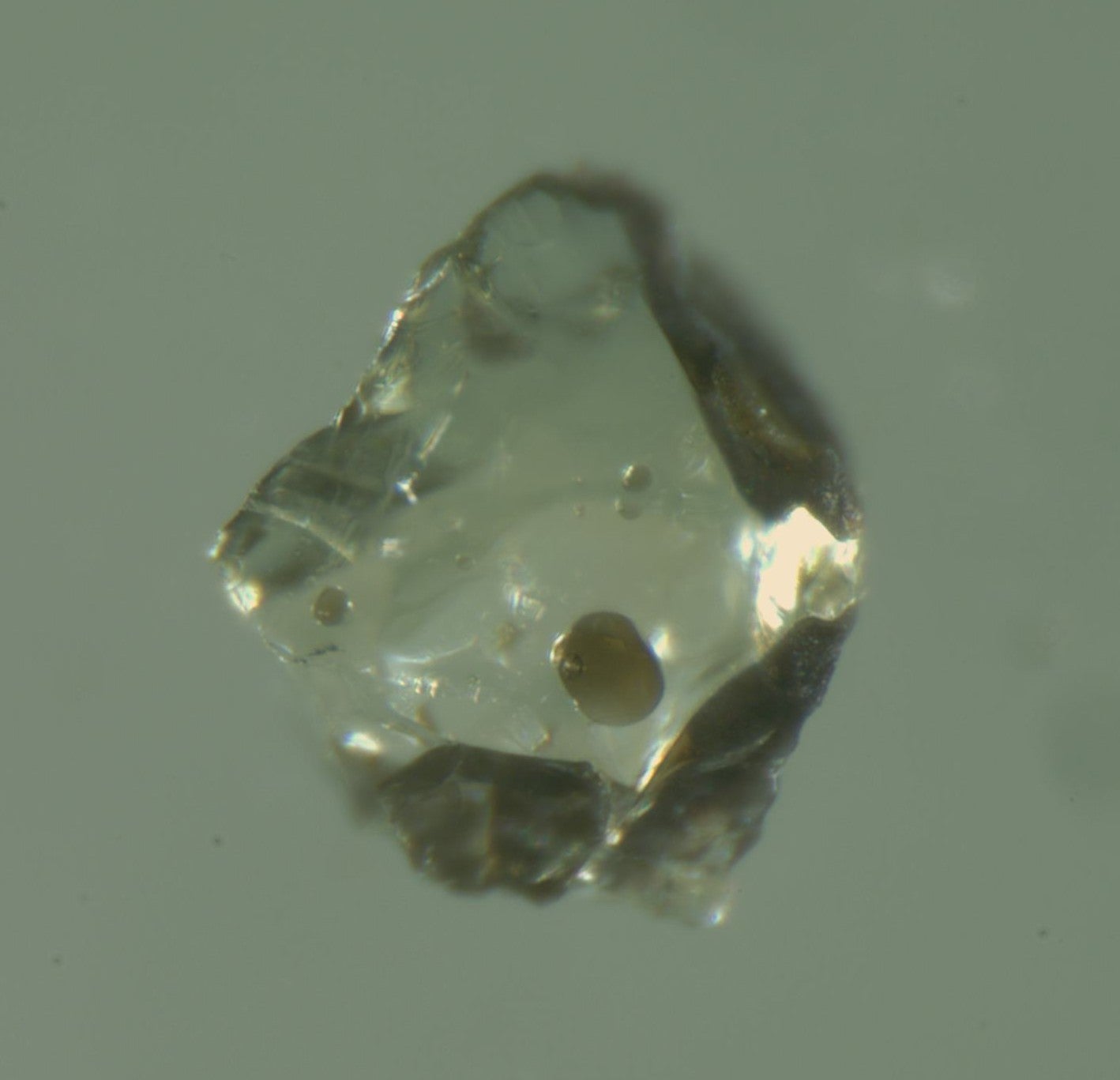
An overriding goal in the field of igneous petrology is to determine the composition of Earth’s mantle through analyses of lavas erupted on the surface; however, mantle signatures are commonly overprinted during melt ascent through the crust. One approach to overcoming this obstacle is to analyze olivine-hosted melt inclusions; small pockets of melt trapped in crystallizing phenocrysts. Traditionally, studies of melt inclusions have used major and trace element analyses to estimate mantle compositions and to infer magmatic processes occurring at depth; however, there are no accurate constraints on where within the magmatic system the melt inclusions are entrapped. Thus, it is difficult to differentiate mantle signatures from crustal processes.
To overcome this problem, we combine major and trace element analyses of melt inclusions with volatile concentrations. Volatile contents (CO2 and H2O) of melt inclusions can be used to calculate the pressure of vapor saturation, which provides a minimum pressure of inclusion entrapment. These pressures are converted to depths, which are combined with major and trace element concentrations to track the compositional evolution of melts as they ascend through the magmatic system. Using this combined analytical approach we can address many outstanding questions on MOR magmatism that are difficult to resolve by traditional methods alone.
To date, we have analyzed melt inclusions from:
- East Pacific Rise and Juan de Fuca Ridge
- Lucky Strike Segment of the Mid-Atlantic Ridge
- Gakkel Ridge (Eastern Volcanic Zone)
- Galapagos Spreading Center
- Comparison of Cleft, Vance, and CoAxial Segments, Juan de Fuca Ridge (ongoing)
- Gorda Ridge and Escanaba Trough (ongoing)
- Near- and Off-axis Seamounts (ongoing)